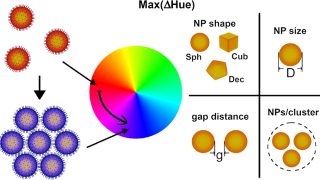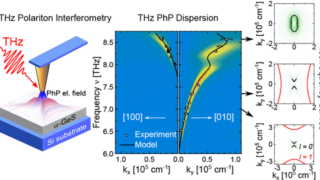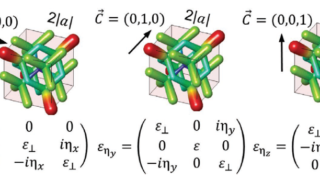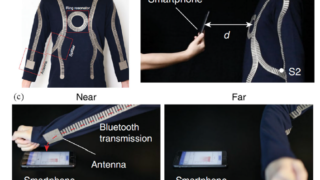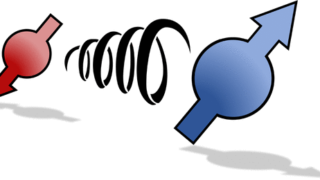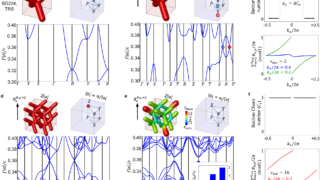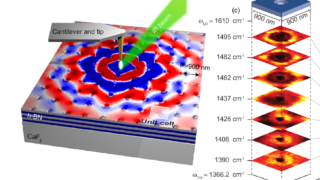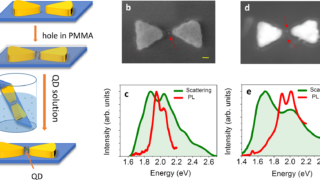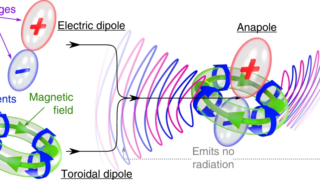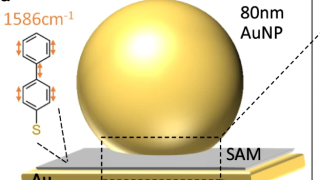
A giant optomechanical spring effect in plasmonic nanocavities
CFM • DIPC • DIPC Photonics
Molecular vibrations couple to visible light only weakly, have small mutual interactions, and hence are often ignored for non-linear optics. Still, molecular vibrations dominate electronic, thermal, and spin transport in a wide range of devices from photovoltaics to molecular electronics as well as being of fundamental interest. Surface-Enhanced Raman Spectroscopy (SERS) is well-established for studying […]
